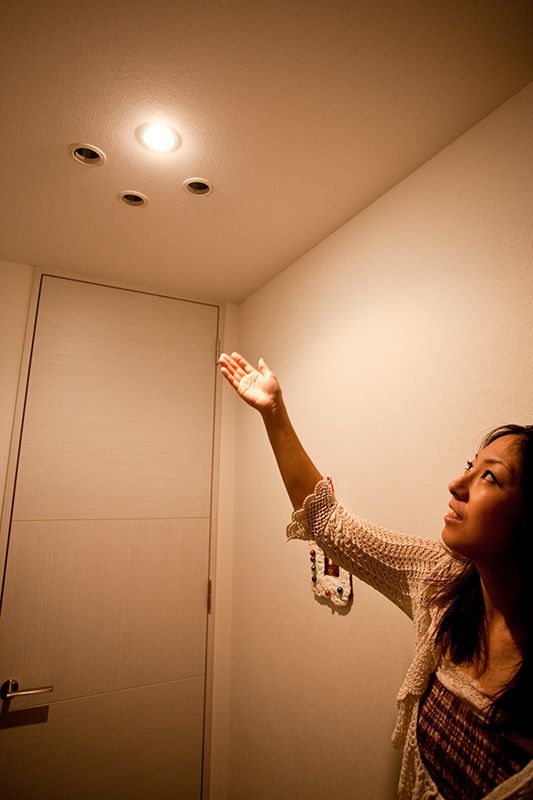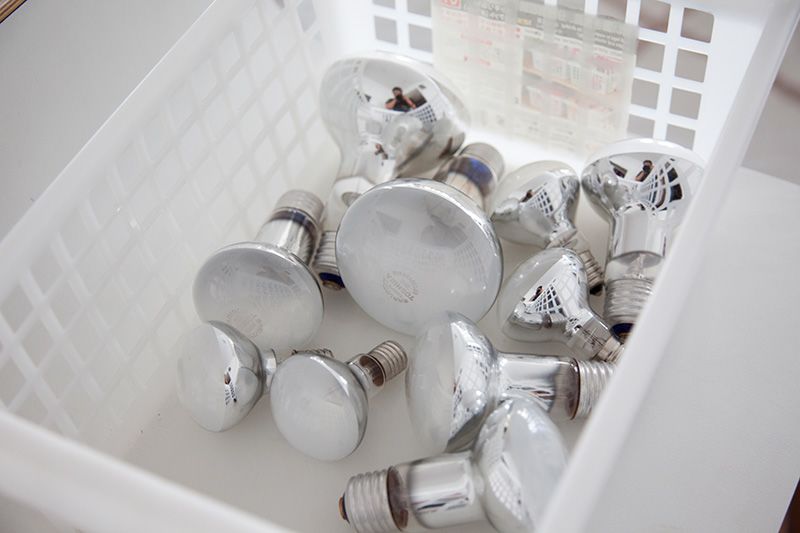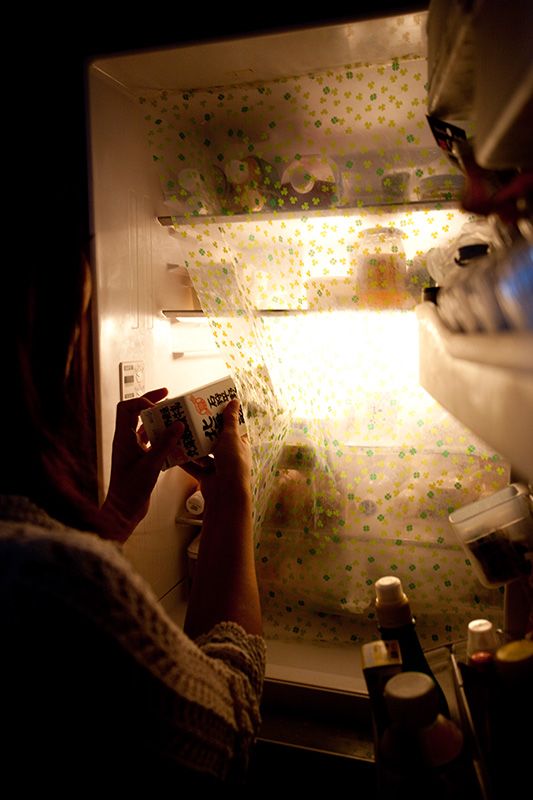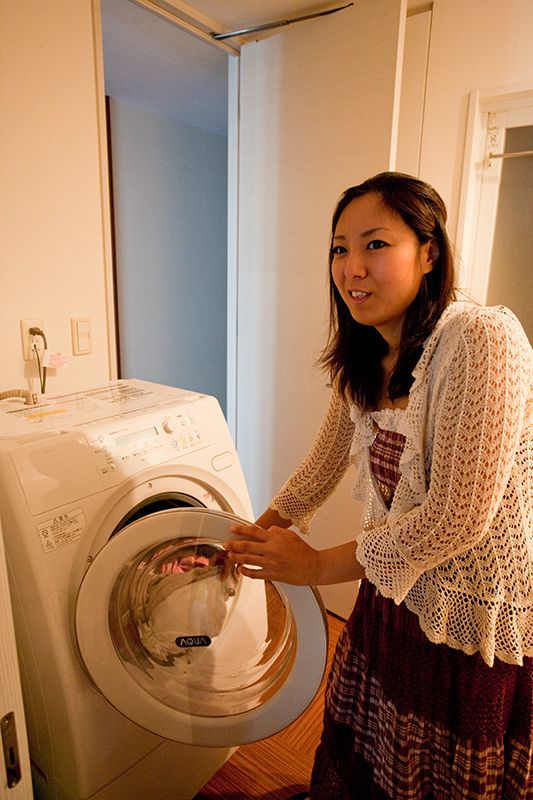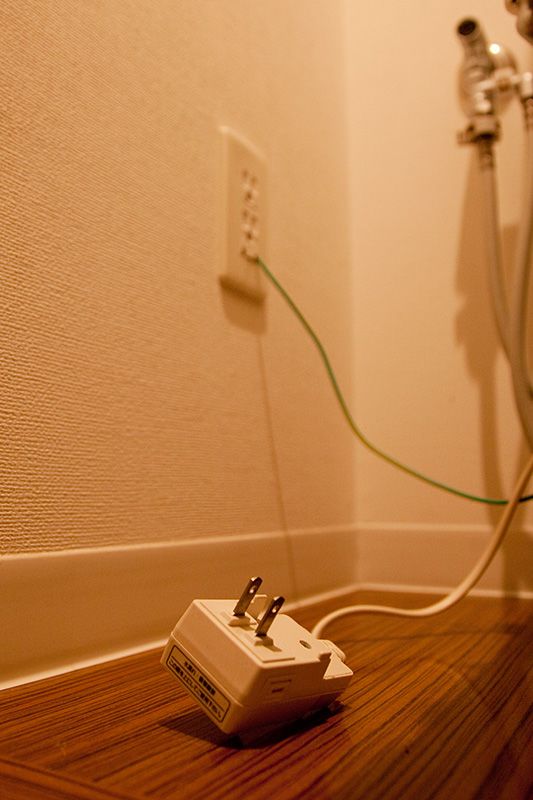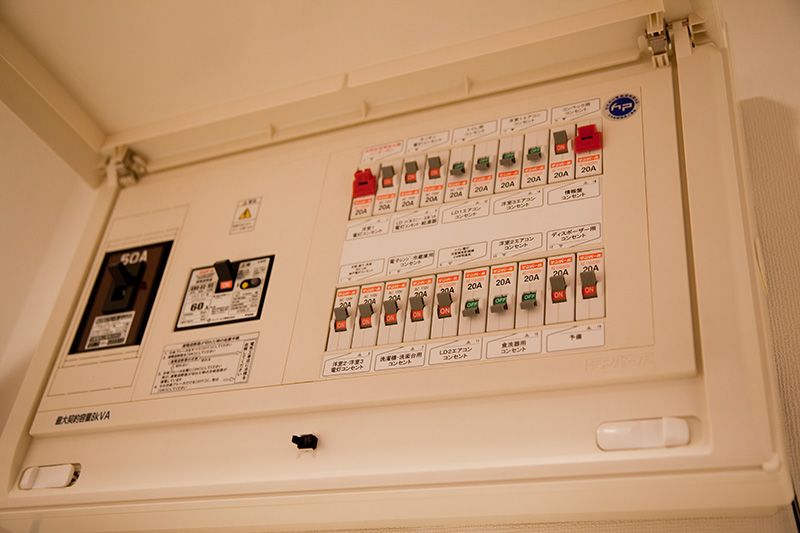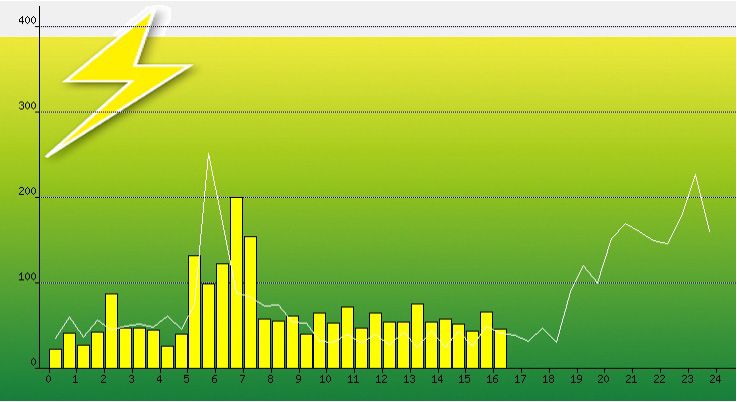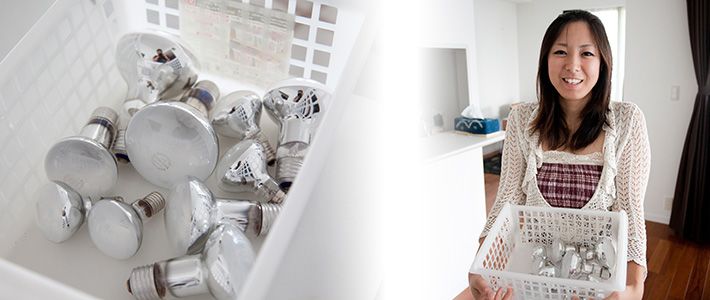
Japanese Approaches to an Eco-Life
Saving Electricity to Save Yen
Society Culture Lifestyle- English
- 日本語
- 简体字
- 繁體字
- Français
- Español
- العربية
- Русский
View Larger Map
Kashiwa in Chiba Prefecture is a dormitory town on the outskirts of Tokyo. Around 30 minutes from Tokyo’s Akihabara station on the Tsukuba Express, the Kashiwanoha Campus City houses subsidiary campuses belonging to the University of Tokyo and Chiba University. Many local residents participate enthusiastically in the activities of the Kashiwanoha Civic Community. A diverse group of community stakeholders—local residents, government bodies, universities, and corporations—are working together toward a new kind of urban design based on the idea of harmony with nature.
Since the nuclear crisis in Fukushima following the March 11 earthquake and tsunami, around two thirds of Japan’s 54 nuclear power generator reactors have been shut down, at least temporarily. During the period of peak demand over the stifling summer months, the resulting energy shortages brought Tokyo and other cities to the brink of crippling power cuts. This worst-case scenario was averted thanks to remarkable efforts to conserve electricity on the part of major industrial users and ordinary citizens alike. Electricity consumption was down by 15% compared to the same period in previous years. The government has warned that similar savings will be necessary again over the winter.
Setsuden (electricity conservation) has become one of the buzzwords of postdisaster Japan. But concern for the environment and worries about the perilous energy situation are not the only reasons why increasing numbers of ordinary people are making the effort to save energy. For many, financial considerations are the biggest motivator of all—and for some families, setsuden is nothing new. We visited Segawa Miku, a woman living outside Tokyo who has managed to cut her electricity bills in half thanks to the support and advice of a neighborhood ecological group.
Segawa moved into her current apartment three years ago. Not long after settling down, she joined a local community group called the Kashiwanoha Eco Club. It was this that opened her eyes to ecological issues. “At first, I wasn’t particularly interested in the environment,” Segawa says. “The main reason I joined was the 500 yen gift tokens,” she admits in embarrassment.
The first step is to get the basic message across about the main points of saving electricity. Segawa says her fellow members encouraged her to try their tips for three months and see the results for herself. “When I went back, it was still mostly for the gift tokens,” Segawa laughs. “But when I saw the results I was really impressed—my electricity bill dropped from ¥9,000 to ¥7,000 in the first month. That was enough to persuade me. Nowadays, my average monthly bill is just ¥5,000.” This is around half of what Segawa used to spend before she started keeping tabs on her electricity consumption.
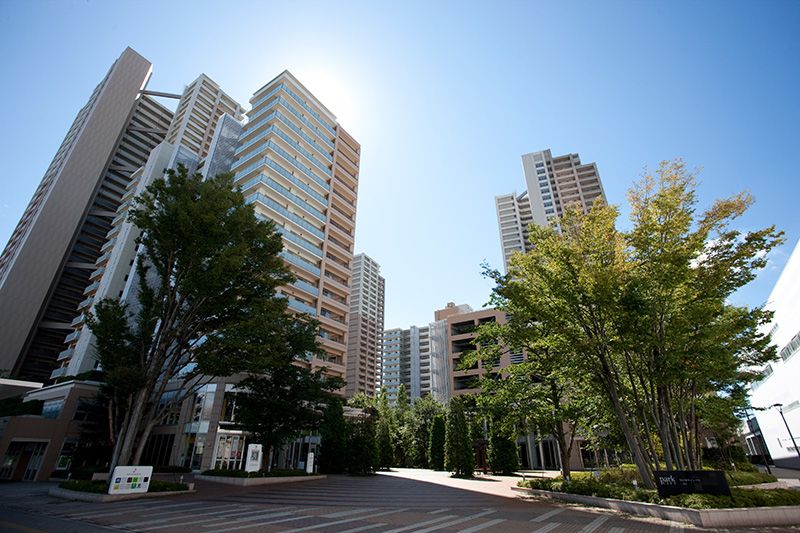 Park City Kashiwanoha Campus Ichiban Gai, a collection of high-rise apartments located in front of the Kashiwanoha Campus station.
Park City Kashiwanoha Campus Ichiban Gai, a collection of high-rise apartments located in front of the Kashiwanoha Campus station.
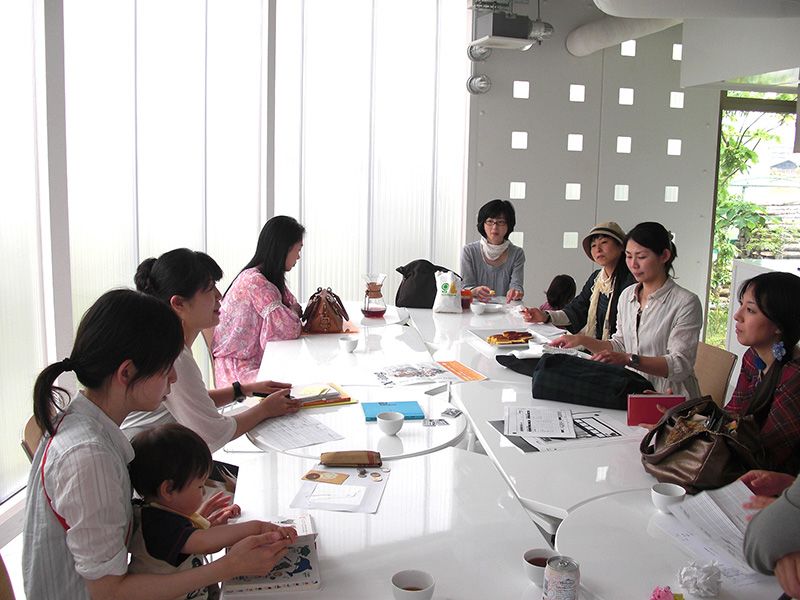 The Kashiwanoha Eco Club is one of a number of locally run activity groups that are a focal point of the community. The group’s motto is “Living a Happy Eco Life.” Some 200 households take part in the scheme. Local residents meet regularly to trade tips and hold events to raise awareness of ecological issues.
The Kashiwanoha Eco Club is one of a number of locally run activity groups that are a focal point of the community. The group’s motto is “Living a Happy Eco Life.” Some 200 households take part in the scheme. Local residents meet regularly to trade tips and hold events to raise awareness of ecological issues.
Cutting the Bills in Half
Let’s have a look at some of the concrete measures Segawa took to trim her monthly bills by 50%. The plan below shows the layout of her apartment.
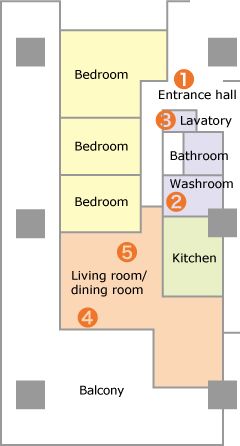 1 Segawa’s first step was to cull unnecessary light bulbs. Where she had previously used four bulbs in the entrance hall to her apartment, for example, she cut down to just one—and found that there was still plenty of light. She started removing unnecessary light bulbs from around the apartment, and soon harvested 17 surplus bulbs. Eventually, Segawa plans to replace all her bulbs with LED lighting, but her stock shows no sign of running out any time soon.
1 Segawa’s first step was to cull unnecessary light bulbs. Where she had previously used four bulbs in the entrance hall to her apartment, for example, she cut down to just one—and found that there was still plenty of light. She started removing unnecessary light bulbs from around the apartment, and soon harvested 17 surplus bulbs. Eventually, Segawa plans to replace all her bulbs with LED lighting, but her stock shows no sign of running out any time soon.
2 Japanese electronics manufacturers today know that energy-saving features are an essential part of appealing to consumers. In recent years, refrigerators, washing machines, and air conditioners in particular have become much more energy-efficient. Simple measures like hanging a plastic “curtain” in the fridge to keep more cold air inside while it’s open can boost cooling efficiency dramatically. Small changes like this can make a dramatic difference in terms of cutting down on energy use. This year, Segawa and her family made it through the whole summer without using the air-conditioning once.
3 Segawa pulls the plug on devices she doesn’t need, or flicks off the fuse box switch. The heated lavatory seat, for example, may be the epitome of nifty and considerate Japanese design—but is it really necessary? Even making allowances for chilly winter mornings, most people could surely do without it during the summer months. But a surprising number of households seem not to notice.
 4 Double-glazed windows are one of the ideas endorsed by Kobayashi Hikaru, a former administrative vice-minister for the environment. Segawa adds an insulating sheet on top of the glass for extra efficiency. Together with insulating curtains, this can have a dramatic effect on insulation, effectively preventing winter heat loss through the windows.
4 Double-glazed windows are one of the ideas endorsed by Kobayashi Hikaru, a former administrative vice-minister for the environment. Segawa adds an insulating sheet on top of the glass for extra efficiency. Together with insulating curtains, this can have a dramatic effect on insulation, effectively preventing winter heat loss through the windows.
 5 The Kashiwanoha Eco Club will also install on demand a monitoring device that provides a detailed overview of energy-conservation efforts and the effects they are having. The application allows consumers to use their computer to keep tabs on how much electricity they are using, with data updated every ten minutes. The users can see the evidence for themselves as the figures leap when the rice cooker or vacuum cleaner is in use.
5 The Kashiwanoha Eco Club will also install on demand a monitoring device that provides a detailed overview of energy-conservation efforts and the effects they are having. The application allows consumers to use their computer to keep tabs on how much electricity they are using, with data updated every ten minutes. The users can see the evidence for themselves as the figures leap when the rice cooker or vacuum cleaner is in use.
The Community Spirit that Drives Eco-Activities
More than anything, it is the friendship and camaraderie that make Segawa such an eager participant in the club’s activities. Not long after joining, Segawa broke her leg. Her fellow members rallied around when they heard the news, cooking meals and helping with the housework. “I don’t know what I would have done without them,” Segawa says. Since then, she says her fellow members have been “like family.”
Today, the members visit one another almost every day. Even this has an energy-saving effect. By eating in groups and spending time together, members save on their electricity bills. Members say their group gatherings were essential to helping them get through the testing times after the earthquake and tsunami disaster of March 2011. The sense of community was particularly important for small children. In line with its “Living a Happy Eco Life” motto, the club has been remarkably successful in boosting ecological awareness and enhancing community ties at the same time.
(Originally written in Japanese. Photos by Kawamoto Seiya. With grateful acknowledgement for interview help and photos to the Kashiwanoha Urban Design Center [UDCK].)
electricity environment residential eco-friendly CO2 eco life setsuden saving energy saving apartment conservation
